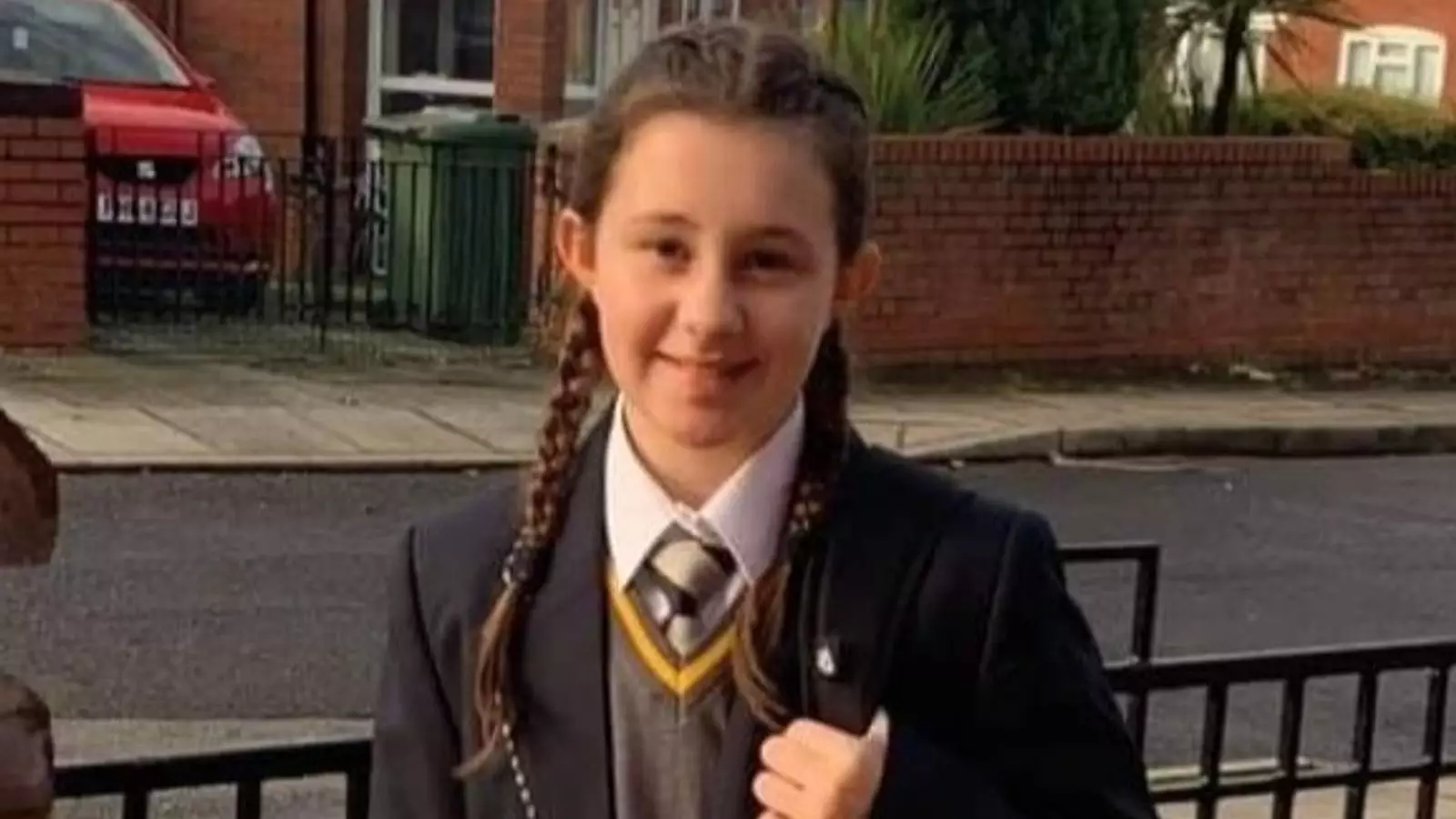The heart-wrenching case surrounding the murder of 12-year-old Ava White serves as a chilling reminder of how vulnerability can be annihilated in mere moments. The life of a spirited child was cut brutally short at the hands of Harry Gilbertson, a boy who, just like Ava, was in the throes of adolescence at the time he took her life. The juxtaposition of Gilbertson’s youth with his heinous act raises questions that haunt our society: How do we grapple with the audacity of youth crime in a system that appears to coddle its perpetrators while leaving victims’ families in anguish?
On what should have been a celebratory day with friends, Ava became a casualty of a senseless altercation. Gilbertson, armed and unstable, struck with a knife, unleashing a torrent of grief into the lives of Ava’s family and friends. It is a suffocating reality that every stab wound opens wider the chasm between the innocent and the violent. The visceral reaction of Ava’s mother, Leeann White, epitomizes the struggle against this injustice. How do we process the anger and disillusionment experienced by a mother who feels that her daughter is forgotten while her daughter’s killer is afforded a degree of privacy that she was never given?
Reporting Restrictions: A Shield for the Guilty?
For years, the justice system operated under a veil of protection around Gilbertson, fueled by misguided concerns for his younger siblings. While the court’s intentions may have been deemed noble, the fact remains that victims’ families are often left in the dark, denied the acknowledgment they deserve. Leeann White’s desire to make Gilbertson’s identity known reflects her struggle against a system that seems more concerned with protecting the enablers of violence than with honoring the memory of its victims. It isn’t merely about the name; it’s about dismantling the fog of anonymity that allows violent offenders to walk among us, unrecognized and, in some twisted way, untouched by the consequence of their actions.
One might argue that such measures compound the trauma inflicted upon victims and their families. White’s frustration implores us to question: why does the criminal justice system prioritize the perpetrator’s potential for a second chance over the irrevocable loss suffered by the victims’ families? She remarks, “I had to sit my little nephews and nieces down and tell them about Ava, but they could hide everything for him.” This disparate treatment is not just unfair; it becomes an affront to the very fabric of justice.
A Maternal Response: Transforming Grief into Action
In the wake of such societal and personal anguish, White’s establishment of a foundation honoring Ava’s memory showcases a transformative response to tragedy. By providing bleed control kits alongside training, she is not just reacting to the violence that claimed her daughter’s life but is actively trying to prevent future incidents. Her campaign shows that having proactive measures in place is essential in fighting the growing epidemic of knife crime.
White’s unwavering focus on keeping Ava’s name alive illustrates the resilience of human spirit against the brutality of fate. “I think every establishment should have one,” she argues, highlighting the critical need for community preparedness in a world that increasingly appears to spiral into chaos. This dedication to positive change in the face of adversity serves as a beacon of hope for those grappling with similar losses. It underscores the notion that, while loss is devastating, it can fuel a fire for change that ripples through the community in impactful ways.
The Echo of Justice: A Cry to Society
As the narrative of Ava White continues to unfold, it presents a clarion call for society to reevaluate its stance on youth violence. The system must seek a balance wherein the rights of offenders do not eclipse the cries of the victims. Community safety measures, coupled with a cultural shift towards accountability and recognition of crime’s victims, are imperative as we navigate this treacherous landscape.
Each day, a mother wakes with the unbearable reality that she will never again encounter her daughter’s smile. And while legal entities may attempt to shield young criminals, the ultimate price is paid by the families left fractured by their actions. With Ava’s story echoing through the channels of societal conscience, perhaps it will ignite a fervent dialogue regarding the understanding of violence, responsibility, and, importantly, how we can protect the next generation from becoming either a victim or a perpetrator in the heartbreaking cycle of violence.

